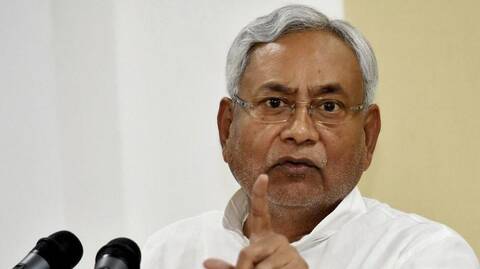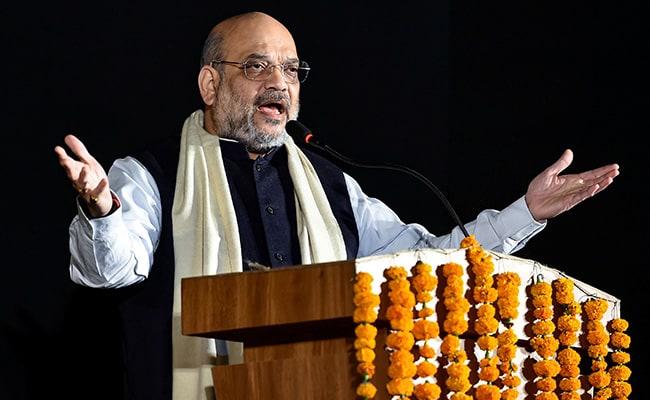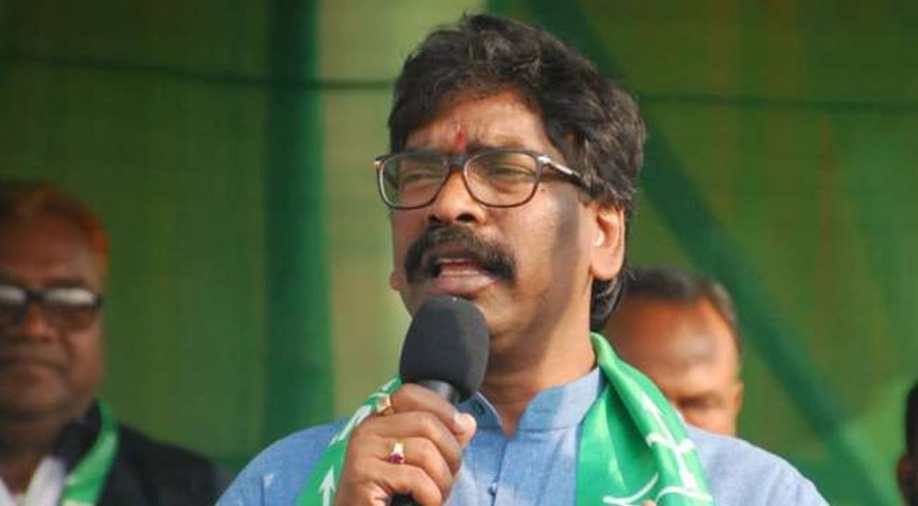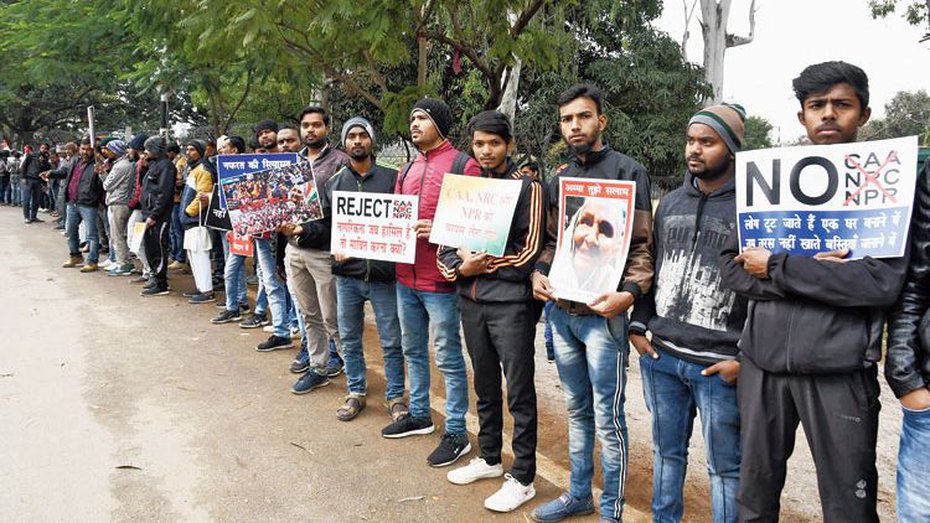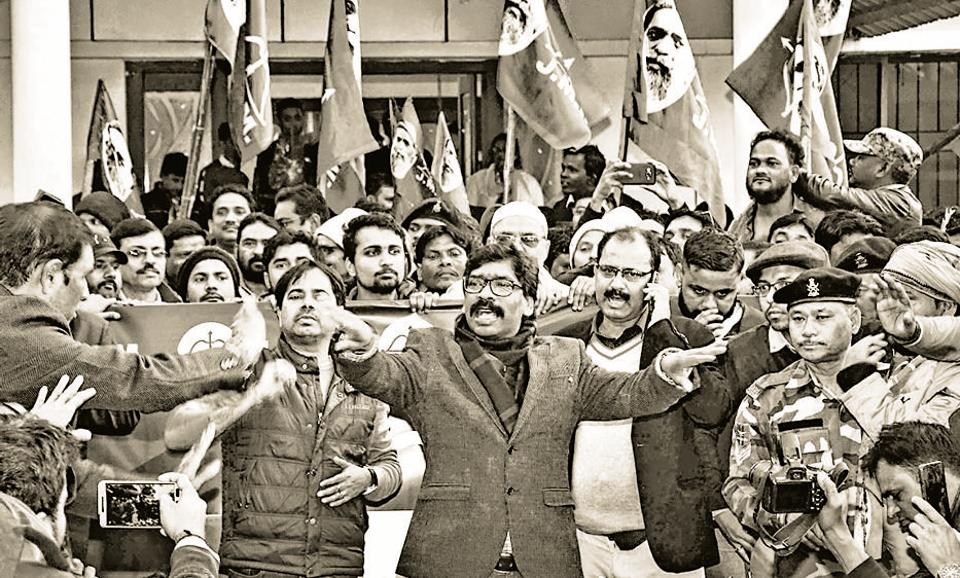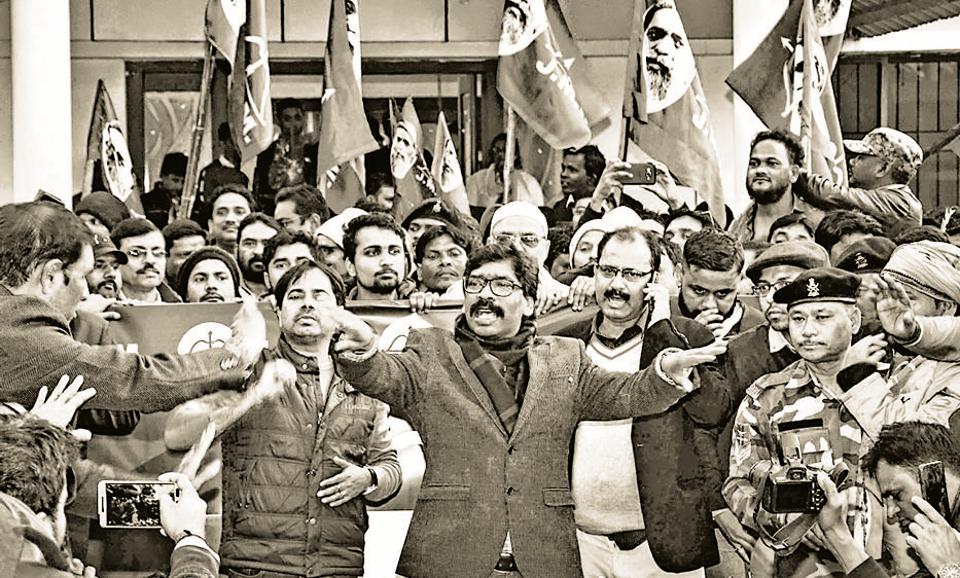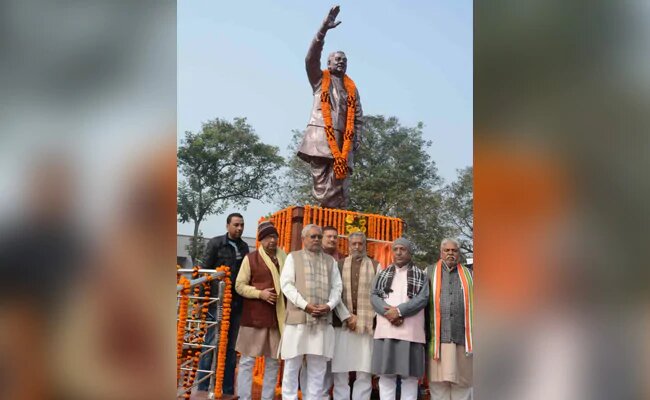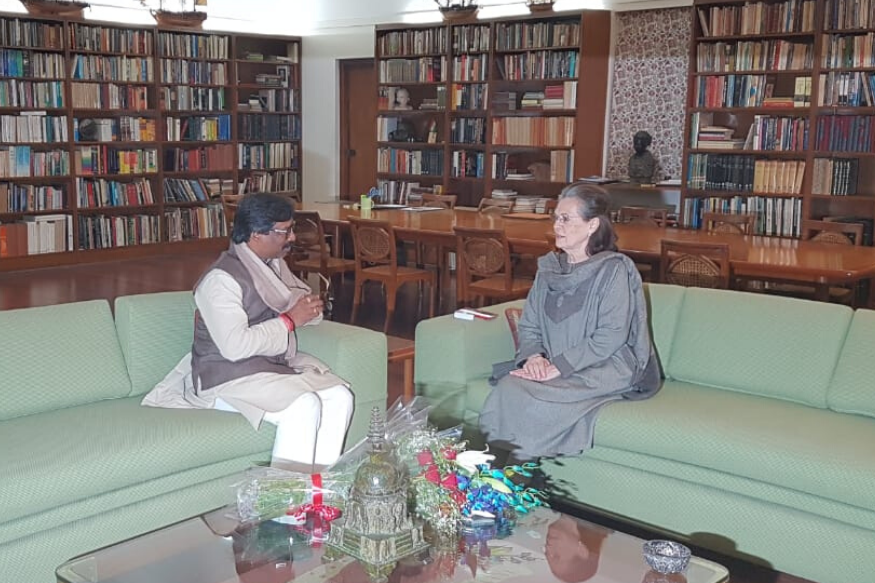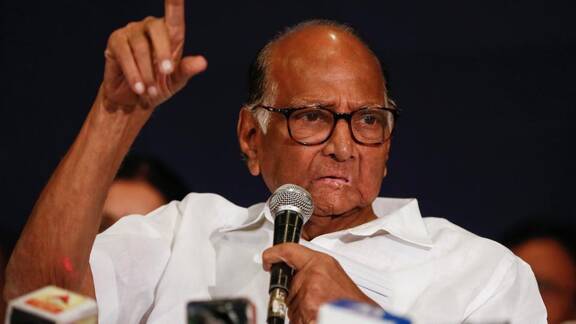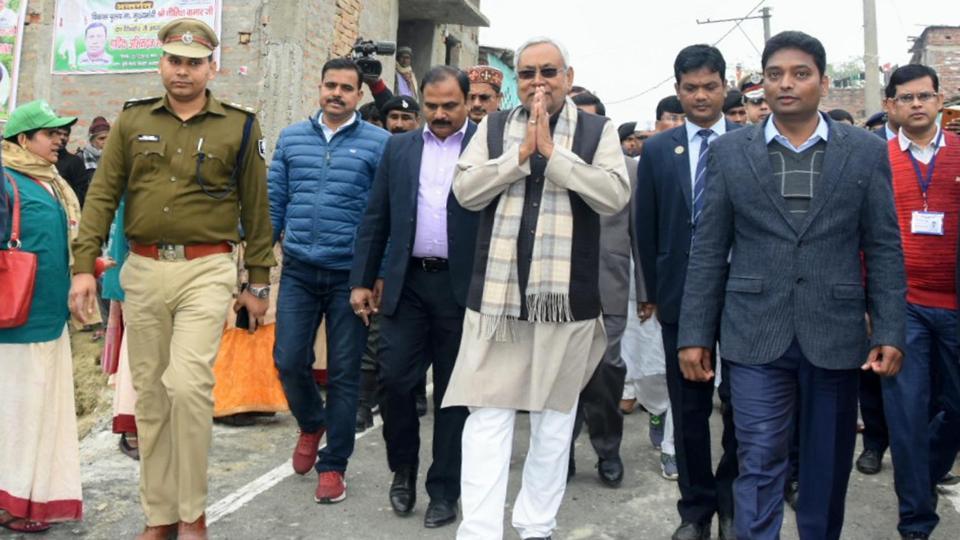source – hindustantimes.com
The assembly election result in Jharkhand has infused more energy in the grand alliance. The ‘Mahagathbandhan’ of Jharkhand Mukti Morcha (JMM), Rashtriya Janata Dal (RJD) and Congress overthrew the Raghubar Das-led BJP government in the state and has its eyes set on the 2020 assembly elections in Bihar.
On Monday night, RJD president Lalu Prasad, imprisoned in Ranchi’s Birsa Munda Central jail in connection with fodder scam cases, quietly congratulated JMM leader Hemant Soren and gave his blessings from a government hospital where he is undergoing medical treatment. As the votes were being counted, Lalu’s younger son and Leader of Opposition in Bihar assembly, Tejashwi Prasad Yadav, had predicted victory for Soren and congratulated him in advance.
Drawing a parallel between Jharkhand and Bihar, leaders of the Congress and the RJD observed that the Jharkhand’s poll verdict gave a clear message that they would have an easy win in Bihar also if they remained united and respected one other.
“Jharkhand poll reaffirmed the perception that GA (grand alliance) is a viable alternative people are looking for. After Jharkhand, it is now the turn of Bihar to banish the Nitish Kumar-led NDA,” said Congress MLC and AICC media panelist Prem Chandra Mishra.
RJD legislator Bhai Birendra, also the party spokesman, said that countdown of Nitish Kumar-led government in Bihar has started. “Nitish Kumar has lived his political innings. He is now irrelevant in Bihar. However, the results may help his JD(U) to bargain for greater stake in NDA in the state as well Centre,” said Birendra, ruling out any chance of Kumar’s return to the RJD-led coalition.
“The results in Jharkhand will have a direct bearing on Bihar’s elections as well. After the formation of government in Jharkhand, we will see how the JMM could play its role in unseating the NDA in Bihar,” said JMM general secretary Binod Pandey, adding that Sibu Soren-led party still had good clout among the electorate in Bihar.
The RJD has other reasons to feel elated as the JD(U) could not win even a single seat, despite contesting on 47. BJP’s another alliance partner, Ram Vilas Paswan’s Lok Janshakti Party (LJP), too, contested on 50 seats but failed to open its account.
RESULTS TO CAST SPELL ON BIHAR
Union Home Minister Amit Shah had, in October, announced that the BJP will fight next year’s assembly election in Bihar in alliance with the Janata Dal (United) and under the leadership of the Nitish Kumar. Some political analysts say Kumar had started hobnobbing with the RJD after statements against him from BJP leaders. But, BJP seems to have realised that falling back on Kumar was a safer option in Bihar.
The BJP had sacrificed five seats to accommodate JD(U) in 2019 Lok Sabha polls. It had contested on 30 seats in 2014, won 22 seats with a vote share of 29.86 per cent wheras the JD(U) contested on 38 seats independently and got 16.04 per cent votes. It won on just two seats. Another of the BJP’s alliance partner in 2014, the LJP, contested on seven seats and won on six with a vote share of 6.50 per cent.
Analysts feel that the BJP not getting the numbers in Jharkhand will give it a tough time ahead. In Bihar, the saffron party will be on the backfoot.
But leaders of JD(U) and BJP rule out any breach in alliance in Bihar.
“The socio-economic and cultural identity of Bihar is completely different from that of Jharkhand. In Jharkhand, there was no alliance in NDA. But in Bihar, BJP president Amit Shah has already announced that the elections will be contested under Nitish Kumar who is a tested leader. Moreover, the Opposition here is not united,” said JD(U) leader KC Tyagi.
“The Jharkhand poll results won’t have any impact on Bihar because the demography and geography is divergent in both the states. The NDA government is working hard towards the development of Bihar and we will win the 2020 assembly elections comfortably,” said Bihar BJP spokesperson Nikhil Anand.
Political analyst D M Diwakar of A N Sinha Institute for Social Studies, however, opines that the results are going to make an impact in Bihar. “It will revitalise the grand alliance and help improve its performance. For the NDA, hard times lie ahead. The only solace is that they have cleared the air on chief ministerial candidate. The anti-incumbency has set in and they will have to re-think their strategy,” he said.
Diwakar feels that when it will come to seat-sharing for the assembly seats, the JD(U) will again have an upper hand. On the other hand, the BJP leadership by projecting Kumar, has shown that it was “desperate not to lose JD (U)”.
